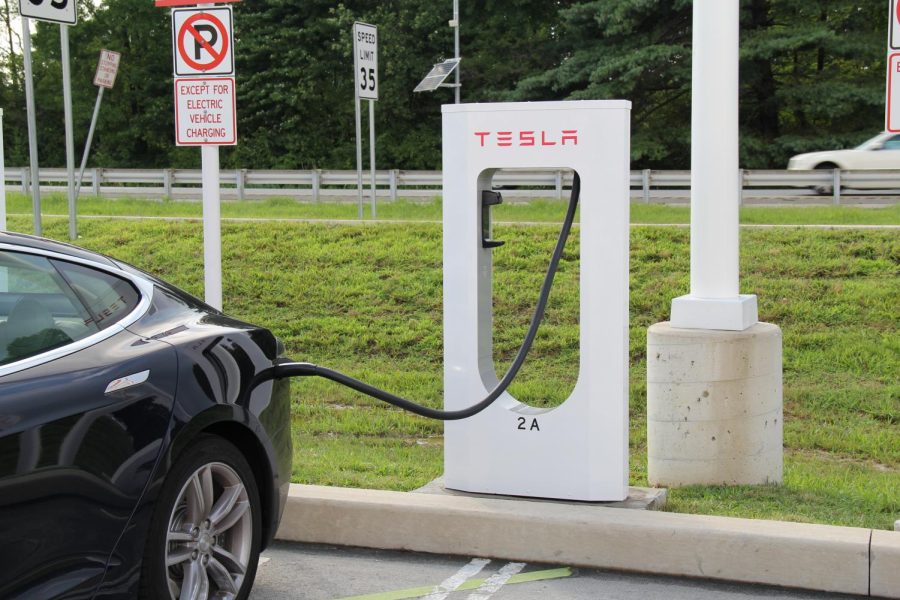Electric vehicles, also known as EV’s, have increasingly made their way into American households. Through the increase in popularity, however, we have seen numerous issues arise in the EV industry. EV’s are impossible to put out in the case of a fire, charging stations are unreliable and CO2 emissions are persistent concerns.
A major concern for the future of EV’s is the series of spontaneous fire incidents: an electric vehicle takes a great amount of time and energy to extinguish flames after it catches on fire. In Sacramento, California, a Tesla Model S was parked in a junkyard after it was involved in an accident three weeks prior to this event: the Tesla spontaneously caught fire and it took 4,500 gallons of water to put it out.
Another big issue involves the reliability of EV Chargers. Currently, Tesla has been the only company to create a charger that works with multiple EV’s. Other fast chargers rarely work with all of the current EV’s. A YouTuber known as Stradman shared on social media his experience taking a day trip in his new HummerEV, where he ran into the issue of incompatible EV chargers. This caused him to be left stranded on the side of the road, where he had to be towed and taken to a charging station.
Senior Addy Patten’s parents own an all electric vehicle. “It’s very beneficial when driving in-town because we don’t have to worry about gas and paying for gas,” she said. She also outlined the downsides of traveling with an EV. “When we do stop, it takes roughly 45 minutes to an hour and a half to charge it fully. We have to make sure to plan out where all the charging stations are to make sure we have enough charge to get to the next station…paying for charging isn’t nearly as expensive as paying for gas,” Patten continued.
Although they have their downsides, it is hard to ignore the environmental benefits of electric vehicles. An extensive issue facing our world today is the amount of external emissions and pollution that is continuously pumped into our atmosphere. In the United States, electric vehicles only emit a third of the carbon dioxide emissions that an ICE (internal combustion engine) car would in its lifetime. Although the EV itself does not emit carbon dioxide, the process of making the car does—manufacturing, energy production, battery production, etc.
The reduction of emissions can definitely have large-scale environmental benefits
Additionally, manufacturing an EV requires lithium-ion batteries, which are acquired through practices that harm the environment. Comparable to mining oil for traditional cars, mining lithium for EV’s is not an environmentally-friendly process.
Finally, the energy that powers EV’s are extracted from multiple sources. According to MidAmericanEnergy’s website, about 40% of the energy they produce originates from coal, natural gas and nuclear, meaning a large percentage of EV’s are charged using non-renewable energy sources in the Midwest.
EVs are not permanent solutions to our environmental issues, but instead a bandaid to put over the wound that gas cars have created.









